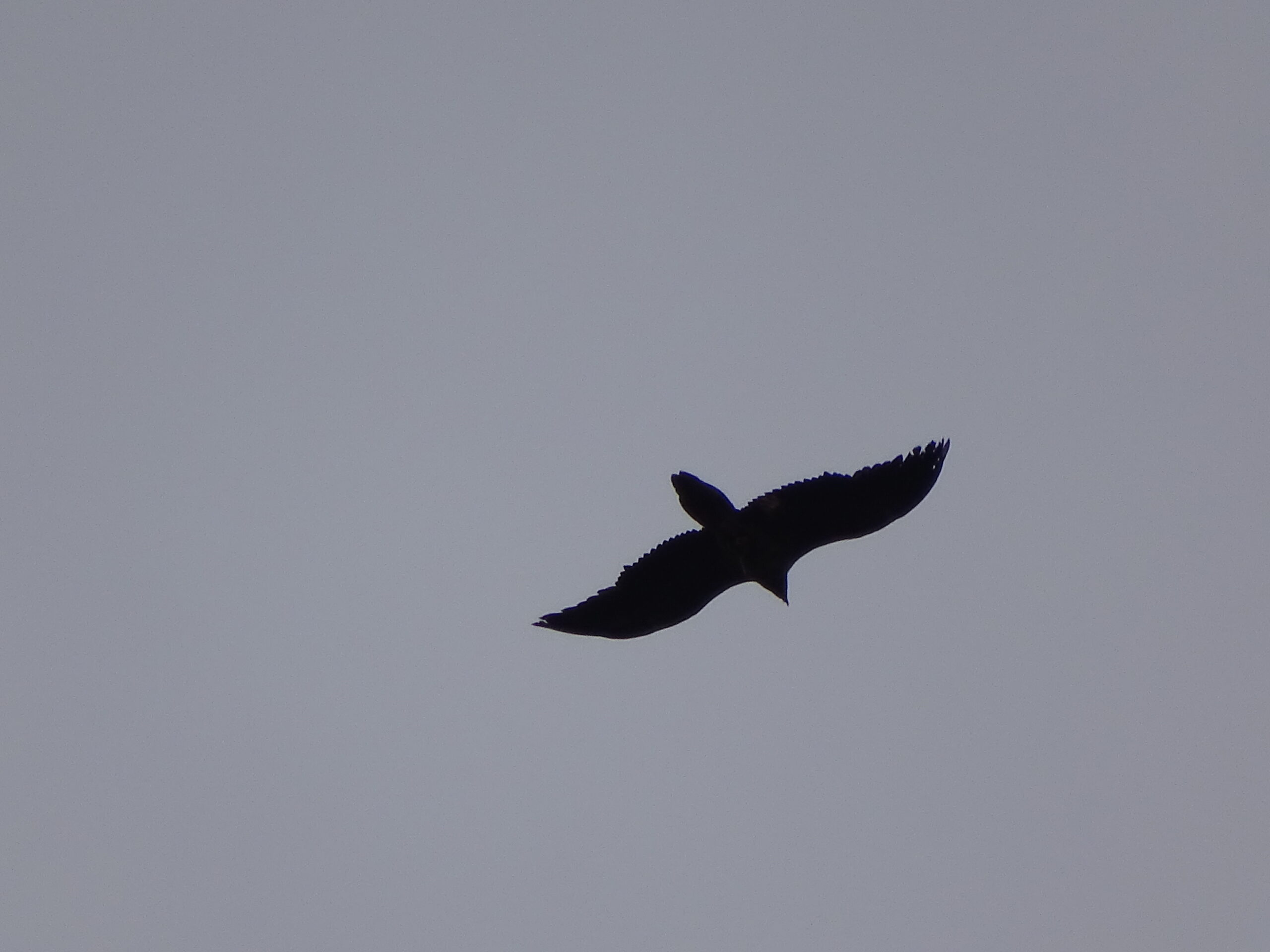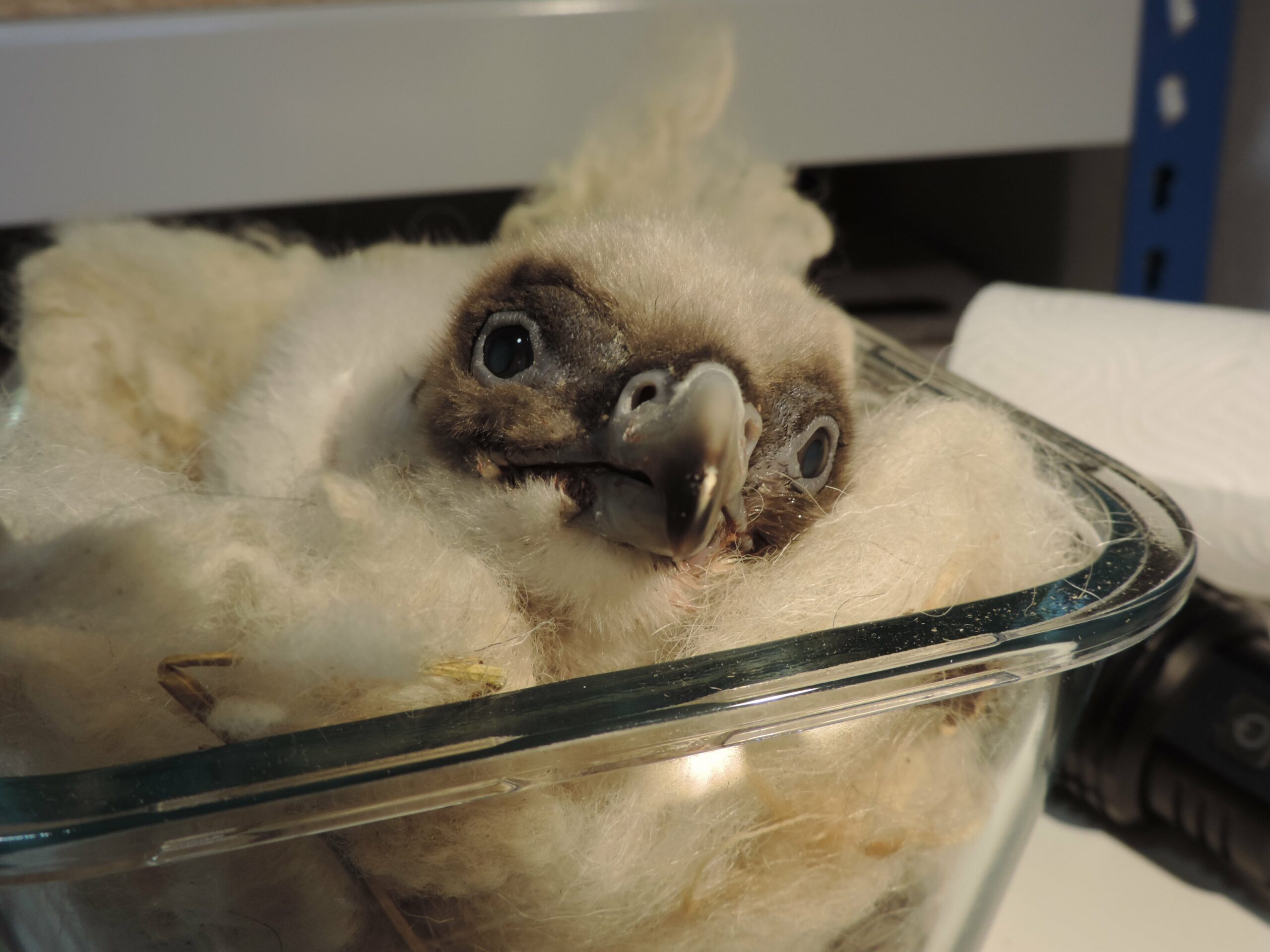On the 23rd of March an immature bearded vulture named Lea was recovered in northern Italy (in Temù, Brescia Province), close to Stelvio National Park. The VCF team detected that the bird was not moving due to its GPS tag, and so Enrico Bassi, the person responsible for the monitoring of the species in this region, was immediately informed. Only a few hours later the bird was found grounded, unable to fly, and was easily captured and transferred to the wildlife rehabilitation center in Valtellina managed by Sondrio Province.
This young male had been released in 2015 in the National Park Hohe Tauern NP, together with another male coming from Ostrava zoo. He had hatched in the headquarters of the international bearded vulture captive breeding program, the Richard Faust Centre (RFZ) specialized captive breeding center in Haringsee (Austria), and is a descendant from one of the most productive breeding pairs inside the captive breeding network.
Lea stayed 1 year in Austrian, but then in June 2016 crossed Switzerland and into the French Alps. He stayed there until December 2016, and then moved East again through the cantons Ticino and Grison in Swizerland, and the Swiss National Park and into Stelvio National Park.
Dr. Maria Ferloni and the veterinarian Franco Milani, responsible for the wildlife rehabilitation centre, took X-rays, which showed no bone fractures nor embedded bullets. A blood sample was taken and the subsequent lead analysis showed a concentration of lead from 0,075 mg/kg lead, under the level that is normally considered as “sub lethal lead poisoning”.
The bird was found about 200m from a ski station in a foggy day, so we suspect that collision may be the cause for Lea´s grounding – he also had a broken feather.
To give Lea the best housing conditions and to proper analyse his flight capacity, he was transferred 6 days later to the RFZ. During the last days the first flights could be observed and we hope in a short period we will be able to rerelease the bird so that he will fly again in the Alpine sky.
Photos: Enrico Bassi & VCF



